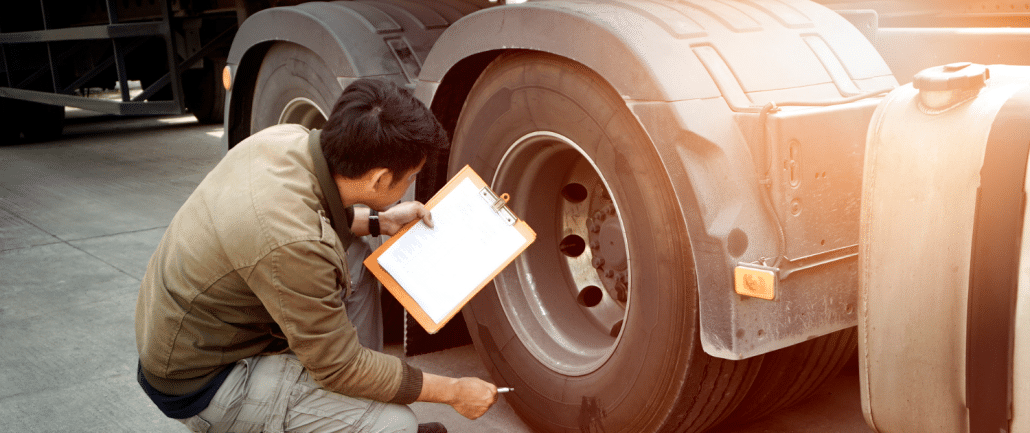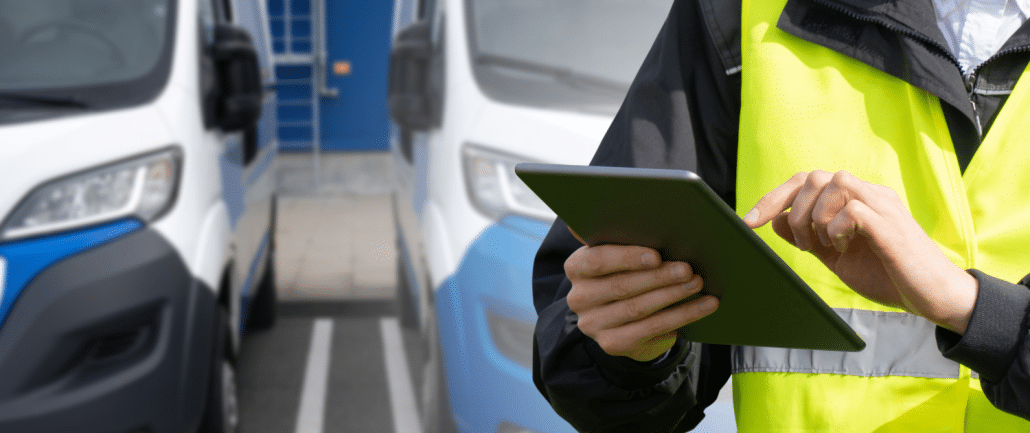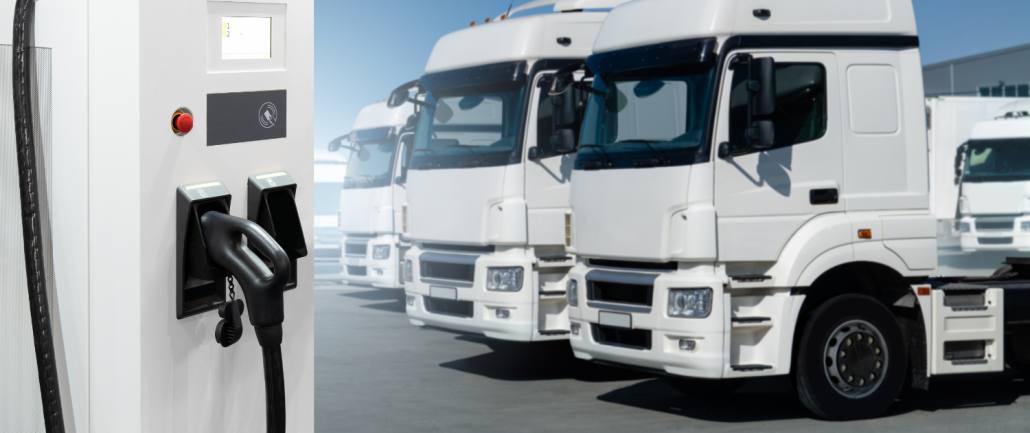
In the trucking industry, safety is everything. Every mile driven represents a carrier’s responsibility to safeguard its drivers, cargo, and the people they share the road with.
As data collection technology grows more advanced, carriers have new opportunities to prevent accidents before they happen. Safety analytics and accident prediction tools are becoming a key part of that effort, giving fleets the ability to make decisions based on facts, not assumptions.
Keep reading for an overview of how these tools work, what benefits they offer, and how to implement them responsibly.
1. What is Safety Analytics?
Safety analytics refers to the process of gathering, analyzing, and interpreting data related to fleet operations and driver behavior. The goal is to identify risks, uncover patterns, and support smarter safety decisions.
Modern analytics platforms can combine information from multiple sources, including:
- Telematics data (speed, braking, cornering, idling, etc.)
- ELD and GPS records (hours of service, route choices, and traffic conditions)
- Cameras and sensors (lane departure warnings, near-miss incidents, fatigue alerts)
- Maintenance and inspection reports
- Weather and environmental data
By integrating all these inputs, you can gain a clearer picture of when and where safety risks occur, and what driver behaviors or conditions contribute to them. Instead of responding to incidents after they happen, fleets can now act proactively.
2. How Accident Prediction Works
Accident prediction uses advanced data modeling and machine learning to identify which drivers, vehicles, or routes are most likely to experience safety incidents in the future.
These models work by analyzing thousands of data points, such as:
- Driving patterns, such as sudden braking or speeding
- Fatigue indicators from hours-of-service logs
- Vehicle condition data from sensors or inspection reports
- Environmental factors like weather, traffic, or time of day
Over time, the system learns which combinations of factors tend to precede accidents. For example, a driver who routinely drives long shifts, brakes sharply, and frequently travels through high-traffic areas might be flagged as a higher risk.
You can then use these insights to schedule additional training, adjust routes, or inspect vehicles before a problem develops.
3. Benefits for Carriers
The advantages of using safety analytics go beyond compliance or accident reduction; they can influence every part of your fleet’s performance.
- Lower accident rates: Early identification of risk helps carriers take preventive action, reducing crashes and associated costs.
- Improved driver coaching: Data-backed feedback allows for more precise and fair coaching. Managers can show drivers exactly what needs improvement and why, supported by clear evidence.
- Reduced insurance costs: Demonstrating active use of predictive analytics can sometimes lead to better insurance rates or fewer liability claims.
- Operational efficiency: Fleets that operate more safely also tend to waste less fuel, maintain equipment better, and deliver more reliably.
- Enhanced reputation: Safe fleets attract drivers, customers, and business partners who value reliability and accountability.
4. Challenges to Watch Out For
Despite the clear benefits, implementing safety analytics can present difficulties if not approached carefully. Be sure to consider these potential challenges before implementing:
- Data overload: With so many data streams, it’s easy to get overwhelmed. Carriers need tools that consolidate and visualize information in a way that’s practical and actionable.
- Driver privacy and trust: Drivers may feel uneasy about being constantly monitored. Clear communication is essential. Be sure to explain how data will be used, highlighting it is to improve safety, not to punish, and always involve drivers in conversations about policies.
- Integration hurdles: Many fleets use several systems that don’t automatically connect. Choosing technology that integrates with your ELD, telematics, and maintenance software will save time and reduce frustration.
- Cost considerations: Predictive systems can be an investment, so it’s important to set measurable goals for ROI, like reducing preventable accidents or cutting insurance claims by a specific percentage.
5. Best Practices for Using Safety Analytics
To get the most out of safety analytics, carriers should take a structured and transparent approach.
- Start with clear goals. Decide what you want to achieve, whether it is lowering incidents, improving driver retention through better coaching, or cutting insurance costs, then track progress over time.
- Use data to start conversations. Analytics should inform coaching sessions and safety meetings, not replace them. When data highlights a concern, use it to collaborate with drivers on realistic solutions.
- Prioritize data quality. Inaccurate or incomplete data leads to unreliable conclusions. Make sure your systems are well maintained, and that your team knows how to record information correctly.
- Reward safe behavior. Positive reinforcement builds trust and encourages drivers to engage with safety initiatives. Consider creating recognition programs tied to analytics-based improvements.
- Protect privacy. Establish clear policies for how data is used and stored. Make sure drivers understand that analytics are designed to prevent harm, not to monitor personal details unnecessarily.
6. The Future of Safety Analytics
The next generation of safety analytics will likely rely even more on automation and real-time intelligence. Artificial intelligence, vehicle-to-infrastructure communication, and cloud-based analytics platforms are already changing how fleets operate.
For instance, predictive alerts may soon warn dispatchers at the moment a driver’s risk level increases, allowing immediate intervention. Over-the-air diagnostics can alert maintenance teams before mechanical failures occur. Combined with AI-driven video systems, fleets will be able to detect distraction or drowsiness in real time.
As the industry evolves, analytics will become more accessible to carriers of all sizes, not just the largest fleets. What remains constant is the goal: keeping drivers safe and ensuring every trip ends without incident.
For more ways to stay ahead of the curve in the transportation industry in 2025, be sure to check out the rest of our Employer Blog posts and connect with us on social media.

 Keeping trucks on the road and running efficiently is one of the most important responsibilities of a fleet manager.
Keeping trucks on the road and running efficiently is one of the most important responsibilities of a fleet manager. 








